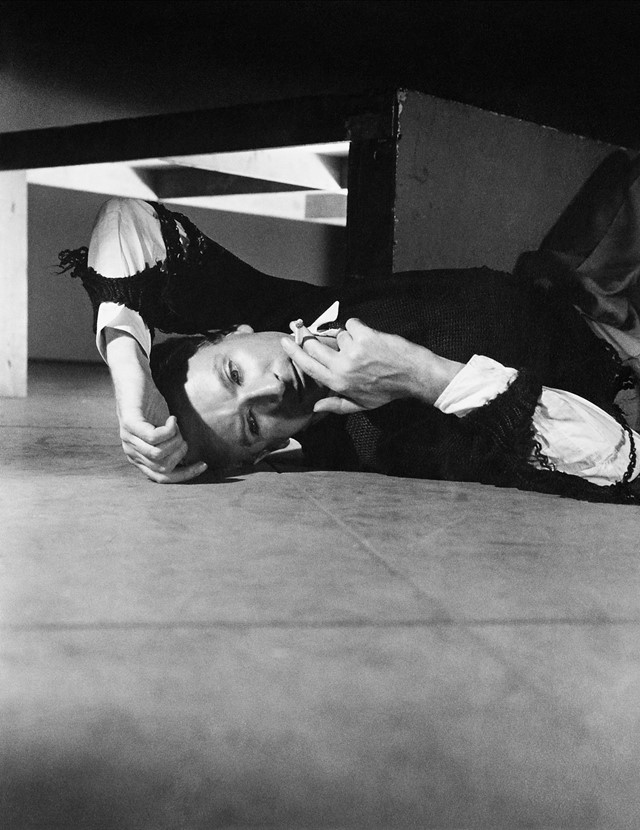We reveal some lesser known facts about the multitalented dandy who lensed the greatest icons of the 20th century, from Picasso to Monroe
“Be daring, be different, be impractical, be anything that will assert integrity of purpose and imaginative vision against (...) the creatures of the commonplace.” These are the emphatic words of Cecil Beaton, the pleasure-seeking aesthete whose truly incisive sense of contemporary tastes led to an elaborate creative portfolio which traversed fashion and portrait photography, costume and set design, painting, illustration, interior design, and bountiful books, as well as his spellbinding documentation of the Second World War. Born in Hampstead, London, in 1904 to an affluent Edwardian family, his hunger for fantasy, beauty and fame would propel him up the echelons of British society to Hollywood and beyond.
Beaton was hired by Condé Nast in his early twenties, and chronicled the golden age of fashion with his 8x10 inch camera for the glossy pages of Vogue and Vanity Fair, lensing 20th-century icons from Marlene Dietrich to Pablo Picasso, Coco Chanel, Sergei Diaghilev, Lucian Freud, Albert Camus, Marilyn Monroe, and Grace Kelly, among endless others. Now a new tome entitled Love, Cecil: A Journey with Cecil Beaton, written by Lisa Immordino Vreeland, surveys the jack-of-all-trades’ colourful life, digging deep into his photographic oeuvre, diaries and illustrated books to present an resplendent network of artistic collaborations, fashionable encounters and romantic obsessions. Drawing primarily from this sumptuous 256-page book, we uncover ten things you may not know about the prolific, but privately harrowed, Cecil Beaton.
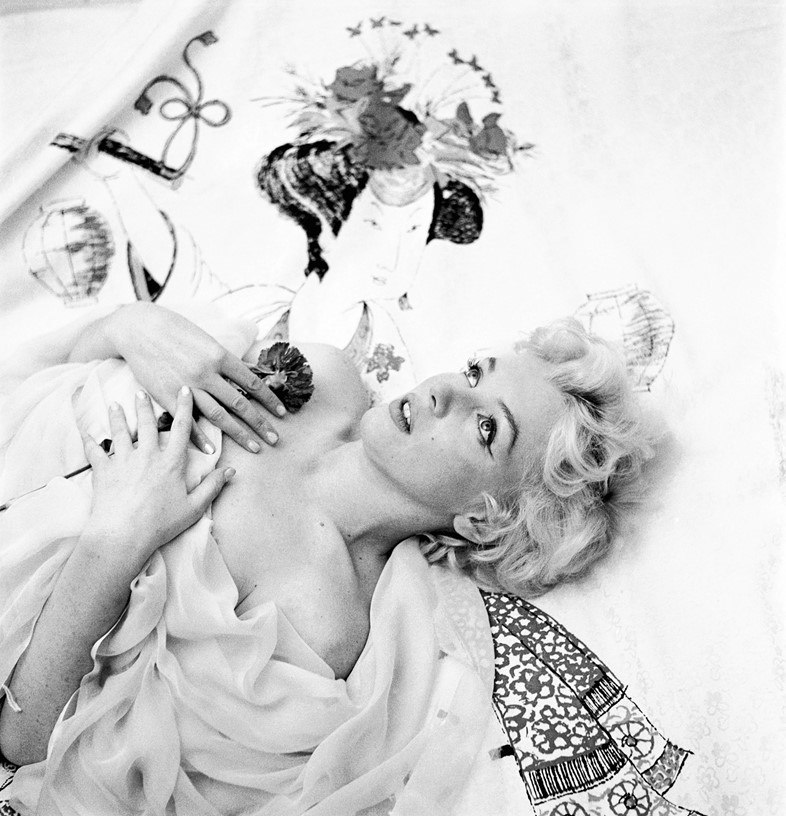
1. He felt like an outsider
From an early age Beaton felt like a misfit, misunderstood even by his parents: “they didn’t understand what I was, what I was yearning for,” he wrote. Thankfully, he discovered a surrogate family in the Bright Young Things, a bohemian group of London socialites and aristocrats. Beaton, who had always longed for blue blood, thrived on the hedonism of their soirées, art and literature, and would become a key player and publicist of the rebellious cohort. As a generation that had been too young to fight in the Great War but had witnessed its carnage, the BYTs lived by the motto “carpe diem,” in which philosophy Beaton was proudly complicit.
2. The theatre inspired his “inner fairy-tale”
Beaton aspired to fantasy, and in the words of Vreeland, “the theatre stimulated his inner fairy-tale”. As the aficionado once confessed, “that stage magic (…) obsessed me very early on. I saw the whole of my small little life in terms of the theatre”. Beaton cast his life with artists from all disciplines who could expose him to new ideals of fantasy and creativity: Christian Bérard, Barbara Karinska, Jean Cocteau, Truman Capote, and Pavel Thelitchew, to name just a few. His on-and-off friend Capote, notably, once called Beaton a “recorder of fantasy” who “illuminated the exact attitude of the moment”.
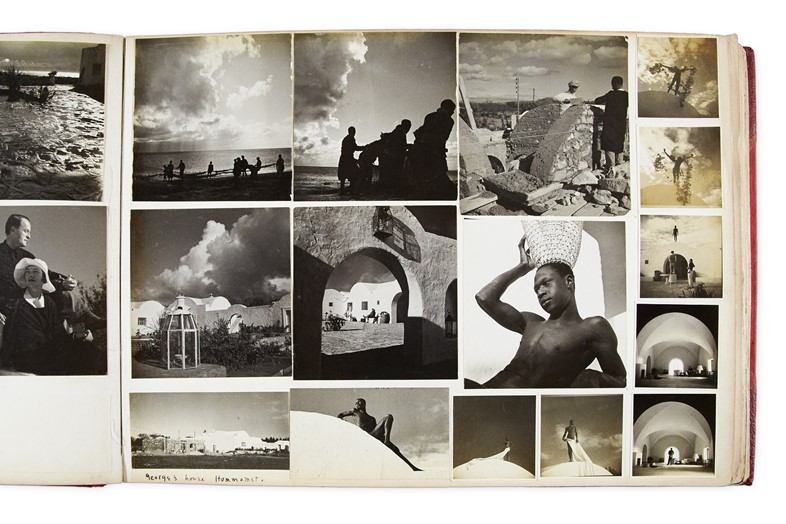
3. He was career-savvy…
A natural networker, Beaton collaborated with an indelible roll-call of creative minds from the intertwined realms of film, theatre, dance, literature, art and fashion. By 1928, British Vogue was regularly commissioning him as a fashion and portrait photographer, and once Beaton had risen through the ranks of London society, he yearned to make his name abroad – as he wrote, “I now became ambitious to conquer new fields by going to America”. At the age of 25, he headed to New York, strategically followed by Hollywood in 1929, where he built a star-studded portfolio and, with that, an international reputation.
4. … But plagued with self-doubt
While Beaton’s drive and optimism was infectious, he was also known for having a sharp tongue, calling Hollywood’s darling, Katharine Hepburn, “a rotten ingrained viper”. He was also prone to tantrums over his friends’ achievements; as his diaries reveal, Evelyn Waugh, John Osborne, Lord Snowdon, and Capote were all the subjects of his jealous outbursts. In public, he was sometimes accused of being proud, but as Love, Cecil reveals, deep down Beaton was plagued with self-doubt, even once admitting that he “started out with very little talent but a lot of strong ambition.”
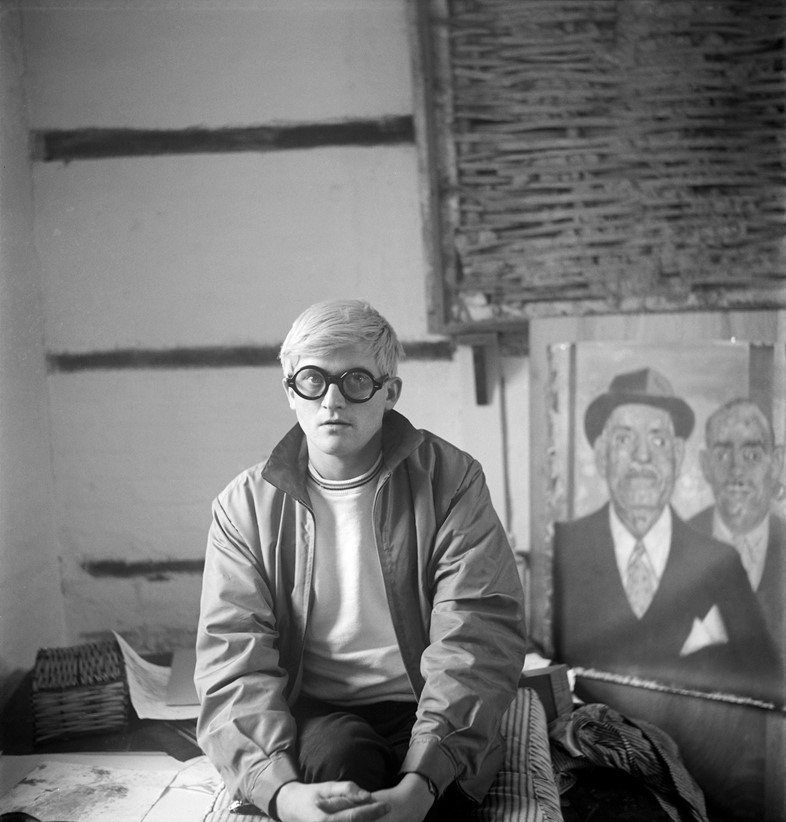
5. He helped to save the monarchy’s repute
After a scandalous abdication in 1936, the Royal Family was in dire need of a new image, and it was Beaton who was able to answer their calls. His wistful photographs of the Duchess of Windsor presented a softer image of a woman whom the public perceived as a manipulative socialite for having married twice and causing her intended husband King Edward VIII to abdicate his throne. Beaton would continue to photograph the monarchy until the year before his death in 1980, gradually producing a more accessible, modern image of the Windsors that would save them from disrepute – and secure him a knighthood.
6. His costume design won Academy Awards
From the ballet to Broadway musicals and the silver screen, Beaton increasingly designed elaborate stage sets and costumes throughout his flaring career. He collaborated with the revered dressmaker Madame Karinska on the costumes for his Royal Ballet debut, Frederick Ashton’s Apparitions, in 1936, and continued to work with her when he began designing for Hollywood. His costumes for the film musical Gigi in 1957 and My Fair Lady on stage (1956) and screen (1964) earned him not only Academy Awards but also friendships with the likes of Audrey Hepburn and Leslie Caron.
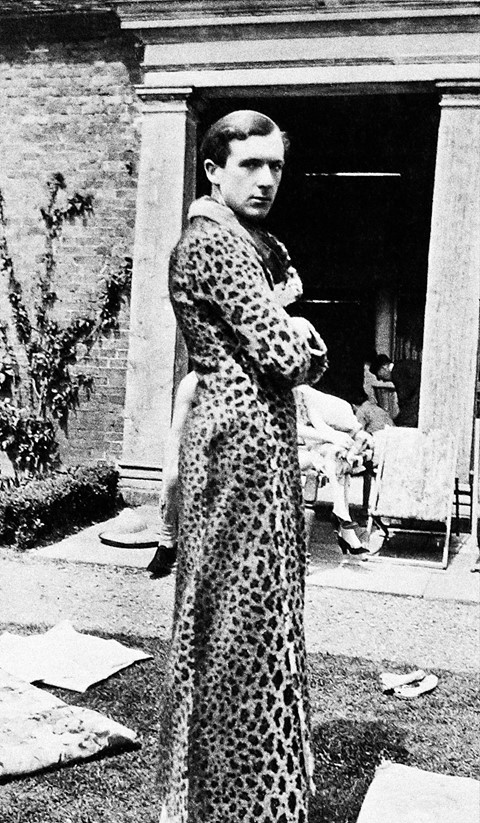
7. War photography was his unexpected forte
Although he is most known for lensing glitz and glamour, Beaton proved to be a profoundly accomplished, if unconventional, war photographer. His tender, faintly eroticised photographs of male soldiers in close quarters; noble images of the Women’s Auxiliary Air Force; and austere, macabre views of plane wreckages in the Western Desert of Egypt were produced as assignments by the Ministry of Information, which sent him from Britain to China, the Middle East, Africa, and India, among other locations affected by conflict. As Beaton reflected, “the war has pitchforked me out of my self-made rut into all sorts of different worlds”; according to the Imperial War Museum curator, Hilary Roberts, it was hence “the making of” Beaton.
8. His diaries expose unrequited love
Among his 150 diaries and an archive of letters which reveals Beaton’s correspondence with Cristóbal Balenciaga, T.S. Eliot, Jackie Kennedy and Yves Saint Laurent, among many others, there are countless lovestruck words addressed to Greta Garbo and the British art collector Peter Watson. While his infatuations were impartial to gender, it was Garbo who famously stole his heart. From their first encounter in the early 30s, their capricious love affair, according to Vreeland, would continuously leave Beaton in a state of frenzy and grief. Eventually, their relationship came to halt in 1972 when Beaton published his diary admissions about Garbo without her consent.
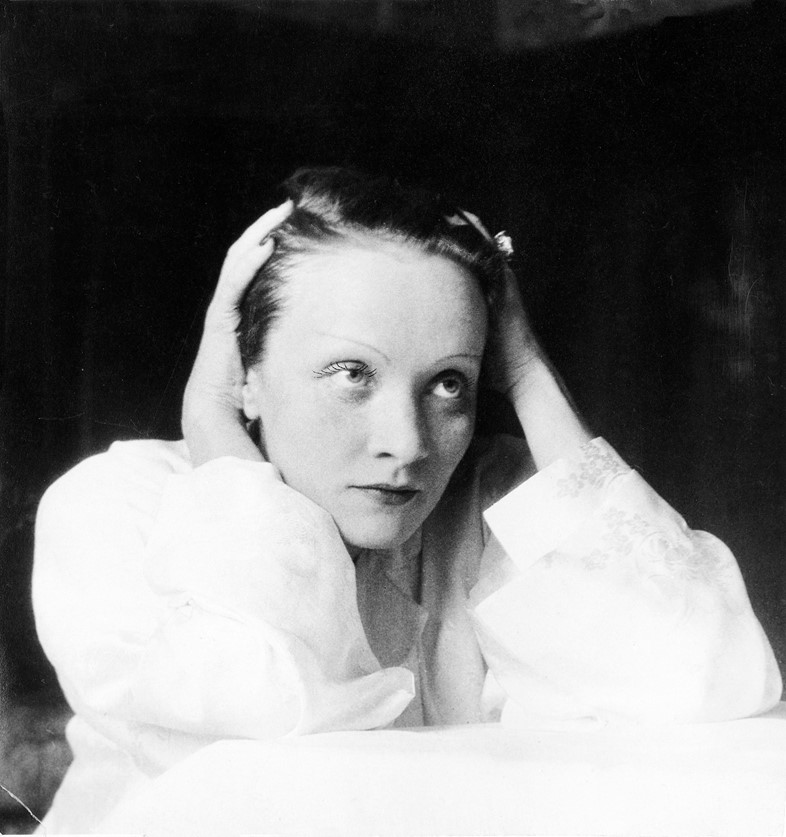
9. He authored 38 books
Over the course of his lifetime Beaton authored 38 books spanning enchanting collections of photographs, revealing diary entries, war documentation, travel albums and chronicles of style. His 1954 Glass of Fashion became a cult object for his incisive musings on the history of fashion and witty anecdotes about the icons who inspired him. Separate to his books, Beaton also avidly produced scrapbooks that served as visual repositories of his desires, hopes, fears and regrets. Filled to the brim with images ranging from personal role models to romantic obsessions, postcards of cowboys, and magazine pages depicting Edwardian actresses and Dutch Renaissance paintings, each bound moodboard would chart his ever-evolving theatrical tastes.
10. His archives are based in London
Today, Cecil Beaton’s oeuvre is largely in the white-gloved hands of institutions including the Victoria & Albert Museum, The Imperial War Museum and the Cecil Beaton Studio Archive at Sotheby’s in London. For admirers, researchers and scholars alike, the former museum holds no less than 30 years of Beaton’s photographs of the Royal Family, while the latter museum boasts 7,000 photographs from his time recording the Second World War. Meanwhile at Sotheby’s, hundreds of thousands of vintage prints and negatives, and over 40 scrapbooks continue Beaton’s story. For an accessible snapshot of these pungent archives, and enthralling insight into Beaton’s opulent life, Love, Cecil is a glittering gem of a book.
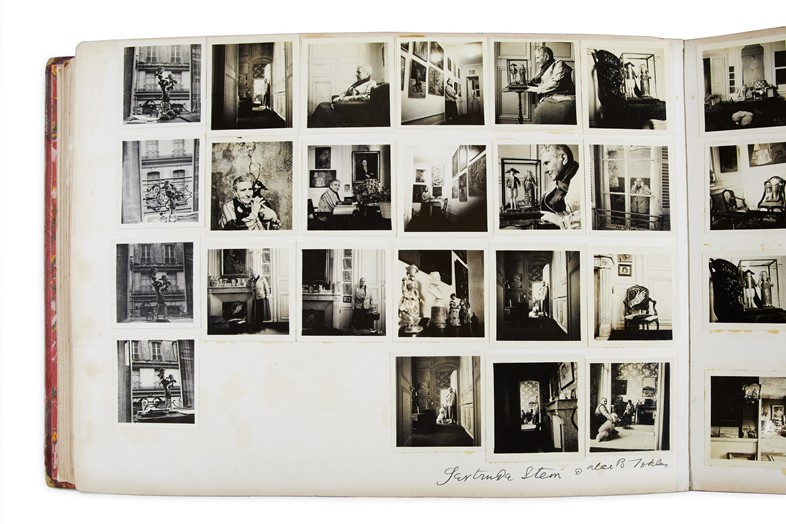
Love, Cecil: A Journey With Cecil Beaton, by Lisa Vreeland is out now, published by Abrams Books. The documentary LOVE, CECIL is in select cinemas from December 1, and available on DVD from December 11, 2017.
